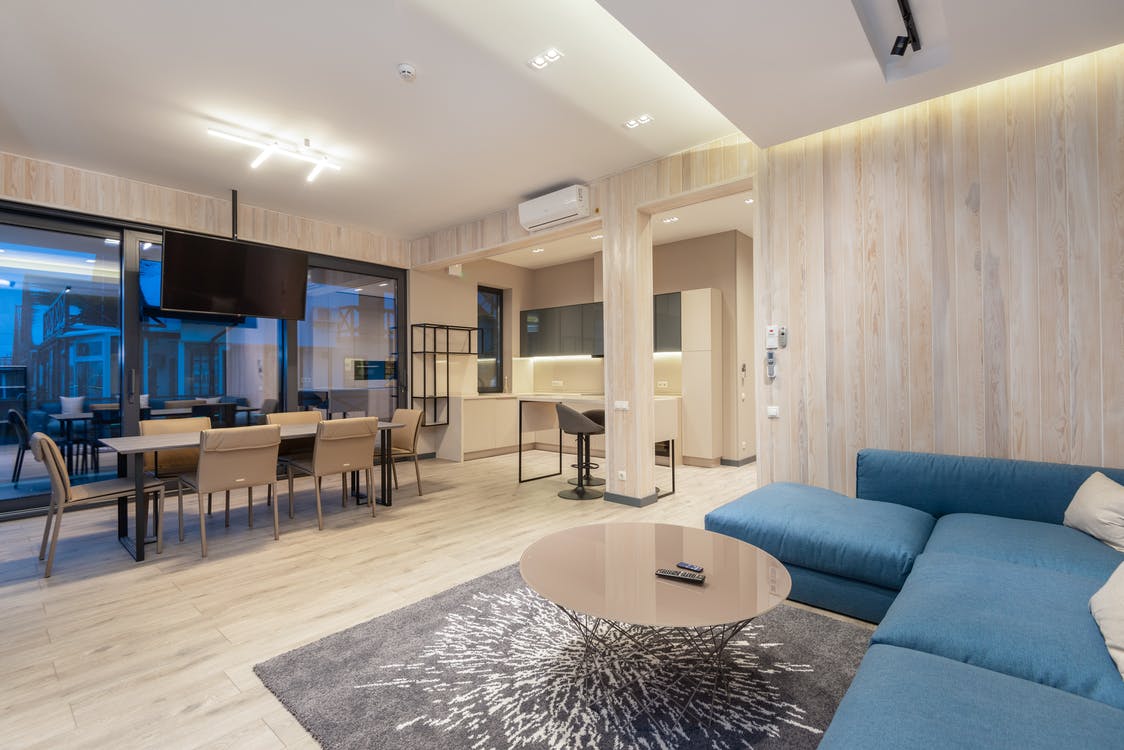To thrive, mold has to live in an environment with a significant amount of moisture. Bathrooms, kitchens, and basements are examples of areas within the home where this can be found. Leaky pipes, ceilings, and windows can also contribute to the development of mildew and mold. It can be found in basements and crawl spaces with standing water. HVAC systems may also potentially get infected with mold.
Locating and fixing the problem areas is critical to preventing mold from building within your home. The size and color of mold patches might vary, although mold is generally black. It is typically easy to spot, but often it is hidden behind baseboards and cabinets.
Hindering Mold Development
It’s less expensive to keep mold from growing in your house than remove it after it has grown. By limiting the moisture problems that could trigger mold growth, you are making sure that you are protecting your investment. You also protect yourself and your family from the negative consequences mold can have on one’s health.
1. Keep Home Dry
Each house’s sections must be maintained as dry as possible to avoid mold growth. Fixing leaks along the edges of windows, doors, and ceilings fall into this category. Under-sink and basement leaks should be addressed, too. Bathroom and kitchen spills and splashes should be cleaned quickly.
Towels and garments that are damp for long periods must be avoided. If your basement is frequently flooded, do not forget to clean up and patch your gutters. Also, consider adding an auxiliary sump pump to assist in drainage.
Property damage can be caused by many factors like water, fire and mold. If you are experiencing any type of these problems, you need to contact a damage restoration company to immediately remediate or better yet, solve the issue.
2. Humidity Control
It thrives in a humid environment, as we’ve previously mentioned. Therefore, regulating your home’s humidity levels is an excellent way to avoid mold. A significant element of this is using ventilation. Ensure that the exhaust fans are on when you’re in the kitchen or bathroom. You might want to consider installing ventilation fans in these rooms if you don’t already have them.
Another option is to utilize portable humidifiers to maintain between 30% and 50 percent humidity levels. A/C units that have a humidification feature help prevent the accumulation of moisture and prevent the development of mold inside the home.
3. Deep Cleaning
Mold can be prevented in the home by cleaning it often. Green cleaning solutions that are water-based and do not include volatile organic substances are an excellent investment. In addition, these chemicals could cause respiratory issues. The vacuum’s HEPA filter can help.
By using this device, allergens, mold spores, and other irritants can be eliminated from carpets, rugs, and upholstery.
4. Maintaining HVAC
Indoor air quality and mold prevention could be enhanced by maintaining your HVAC system free of dust. Use a HEPA filter and change it when needed for routine maintenance. Mold, germs, dust, and pollen are all effectively eliminated by HEPA filters. Plasma air ionizers could offer additional protection.
Mold and germs may be controlled, and airborne viruses can be reduced by installing this device in the HVAC system. If you cannot remediate your mold problem, you need the help of a professional mold removal specialist. If you click here, you can get in touch with them and visit their webpage for queries and scheduling.
5. Mold Testing
You might want to consider the DIY testing for mold in your house since mold may hide beneath baseboards, cabinets, and walls. Mold test kits are a cheap and simple option that can provide results within several days. The earlier you know whether you have mold in your home, you’ll be in a position to eliminate it and take preventative steps to prevent it from recurring.





